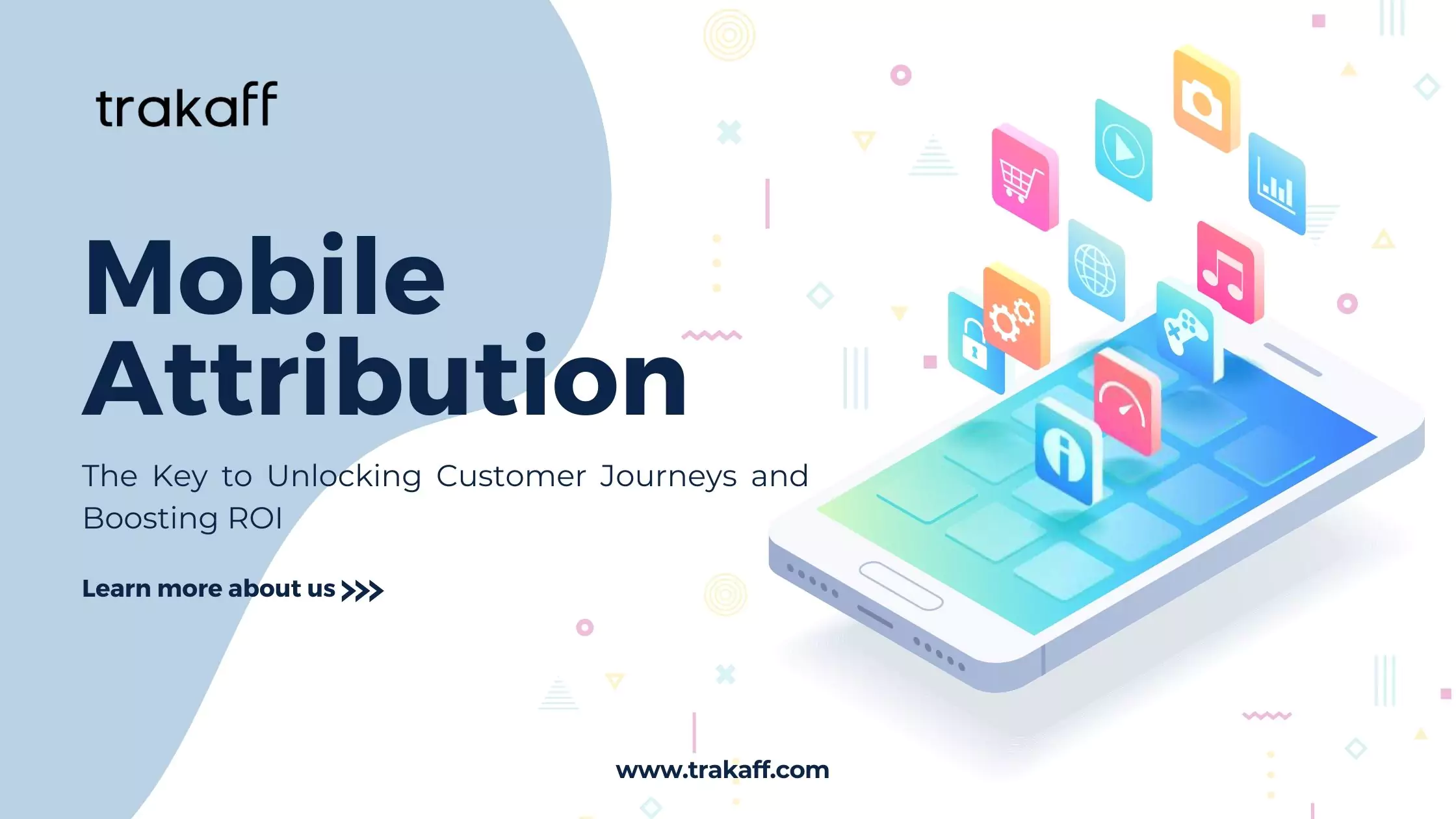In today’s competitive digital landscape, understanding the customer journey is paramount for any successful e-commerce business. Particularly with the rise of mobile device usage, mapping these journeys has become increasingly crucial. Mobile attribution, a powerful tool that provides insights into user behavior, plays a pivotal role in this process. This blog post will explore the significance of mobile attribution in mapping customer journeys, its benefits, challenges, and the latest trends shaping the future of attribution in the privacy-focused world.
Understanding the Mobile Customer Journey
The customer journey in e-commerce encompasses all the interactions a customer has with a brand, from initial awareness to purchase and beyond. Mapping this journey on mobile devices is essential, given the significant portion of customer interactions that now occur on smartphones.
The mobile customer journey typically involves several key stages:
- Awareness: Customers discover a product or brand through various mobile channels, such as ads, social media, or search engines.
- Consideration: Potential customers explore the product by visiting mobile websites or apps, reading reviews, and comparing options.
- Conversion: Customers make a purchase through a mobile-optimized website or app.
- Retention: After the purchase, customers continue to engage with the brand through various means, including mobile notifications, emails, and social media.
- Advocacy: Satisfied customers share their positive experiences with others, potentially influencing new buyers.
Challenges in Mapping Mobile Customer Journeys
Mapping mobile customer journeys presents unique challenges for businesses:
- Fragmentation: Customers use multiple devices and channels, making it difficult to create a unified and coherent journey map.
- Data Privacy: Stringent privacy regulations and growing customer concerns regarding data collection limit the amount of data businesses can gather.
- Attribution Complexity: Accurately assigning value to each touchpoint in the customer journey is challenging due to the numerous interactions involved.
The Power of Mobile Attribution
Mobile attribution empowers businesses to understand which channels and strategies are driving conversions and customer engagement. It helps address the challenges of mapping mobile customer journeys by providing valuable data and insights.
Benefits of Mobile Attribution in Customer Journey Mapping
Mobile attribution offers a range of benefits for e-commerce businesses:
- Identifying Effective Channels: Businesses can track which channels are most effective in driving traffic and conversions, enabling them to allocate marketing budgets more efficiently.
- Understanding User Behavior: Analyzing attribution data reveals how users interact with the brand on their mobile devices. Also including the paths they take, the content they engage with, and the actions they perform.
- Optimizing Marketing Strategies: Businesses can leverage detailed attribution data to refine their marketing strategies and focus on high-performing channels and campaigns, leading to improved ROI and more targeted marketing efforts.
- Personalizing Customer Experiences: Attribution data helps segment customers based on their behavior and preferences, allowing businesses to create personalized experiences and offers tailored to different customer segments.
- Measuring Campaign Effectiveness: Mobile attribution provides metrics to evaluate the effectiveness of marketing campaigns. Businesses can track key performance indicators (KPIs) like click-through rates (CTR), conversion rates, and customer lifetime value (CLV).
Essential Metrics for Mobile Attribution
There are several key metrics used in mobile attribution to measure and optimize campaign performance:
- Conversion Rate (CR): The percentage of users who complete a desired action (e.g., installation, purchase) out of the total number of clicks on an ad.
- Click-Through Rate (CTR): The percentage of users who click on an ad after seeing it.
- User Engagement: Measures how actively users interact with a mobile app or advertisement.
- Cost Per Install (CPI): The cost of advertising divided by the number of app installations.
- Cost Per Action (CPA): Indicates the cost per specific action taken by a user, such as subscribing or making an in-app purchase.
Mobile App attribute Models
Various attribution models provide different perspectives on the customer journey, helping marketers determine which touchpoints deserve credit for conversions:
- First-Click Attribution: Gives all credit to the first touchpoint in the customer journey.
- Last-Click Attribution: Attributes the conversion entirely to the last touchpoint before the desired action.
- Multi-Touch Attribution: Distributes credit among all touchpoints in the customer journey.
- Time-Decay Attribution: Gives more weight to touchpoints closer to the conversion, acknowledging that recent interactions likely have a stronger influence.
- U-Shaped Attribution: Assigns 40% credit each to the first and last touchpoints, with the remaining 20% distributed evenly among other middle touchpoints.
- W-Shaped Attribution: Similar to the U-shaped model but adds a third 30% credit to the lead generation stage, highlighting its importance.
- View-Through Attribution: Measures conversions even if a user only viewed an ad but didn’t click on it, recognizing the potential impact of ad exposure.
Choosing the right attribution model depends on the specific business goals and the complexity of the customer journey.
Mobile Attribution and the Evolving Privacy Landscape
The digital advertising landscape is constantly changing, particularly with the phasing out of third-party cookies and increasing focus on user privacy. Mobile attribution is adapting to these changes, with new solutions emerging to ensure effective tracking while respecting user privacy:
- SKAdNetwork: Apple’s privacy-focused solution for iOS app attribution that transmits data without using personal identifiers.
- Fingerprinting: This technique utilizes device-specific configurations and first-party data to measure campaign performance.

- Privacy Sandbox by Google: An initiative aimed at creating a more privacy-centric approach to digital advertising. Also including tools like the Attribution Reporting API for accurate and transparent measurement.
The Bottom Line
Mobile attribution is an indispensable tool for e-commerce businesses seeking to understand their customer journeys, optimize marketing strategies, and drive growth. By leveraging the insights provided by attribution data, businesses can enhance customer experiences. Also improve campaign effectiveness, and stay ahead of the curve in an increasingly competitive and privacy-conscious market.
As the mobile advertising landscape continues to evolve, staying informed about the latest attribution trends and solutions will be crucial for success.
